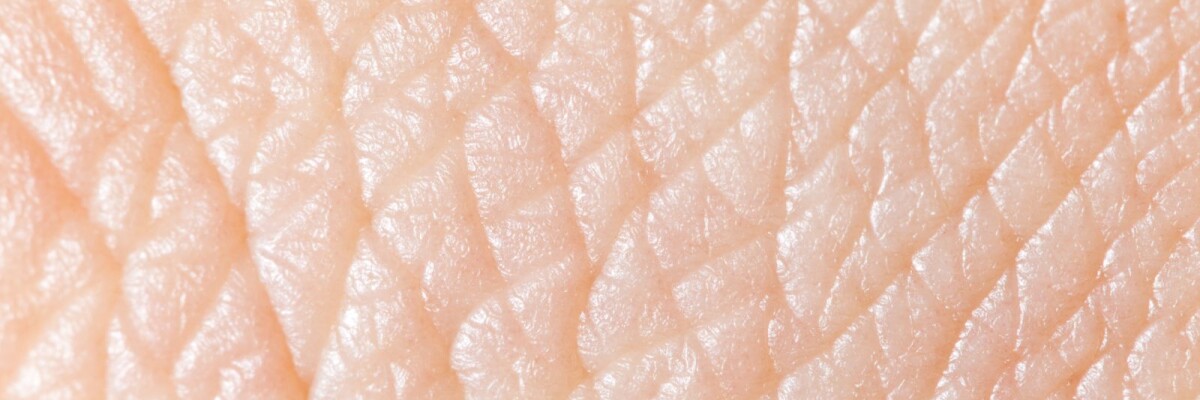In early November an article was published in “Nature” which claimed a great victory for modern medicine. Two years ago, a boy with bullous epidermolysis underwent a transgenic skin transplant which was grown...
In early November an article was published in “Nature” which claimed a great victory for modern medicine. Two years ago, a boy with bullous epidermolysis underwent a transgenic skin transplant which was grown from his own cells. Today he lives a normal life and goes to school.
Bullous epidermolysis is a congenital genetic disease that was previously considered incurable. The complexity of genetic disease therapy is that the disease is "programmed" into the patient's DNA and therefore it is necessary to correct errors in the nucleotide sequence in all of the cells of the diseased tissue in order to cure it.
The skin of patients with bullous epidermolysis is prone to damage even with insignificant physical contact. Disruption of the LAMB3 gene leads to the outer layer of the skin exfoliating due to the destruction of the connection with the dermis. This increases the risk of developing infectious diseases or cancer.
In June 2015, a seven-year-old child in critical condition was taken to the Children's Hospital of Ruhr University in Bochum, Germany. More than 60% of his skin was damaged and sepsis had begun. Seven years before the disease was under control but now a critical moment had come.
Special baths, ointments, antibiotics, and painkillers did not help. Artificial analogues and skin transplanted from the father did not take root. Five weeks of intensive therapy did not work and the boy was dying. The last chance was a genetic experiment that had never been used before.
A four centimeter biopsy of the patient's epidermis was taken. The sample was sent to an Italian laboratory in Modena. With the help of a modified virus, working copies of the LAMB3 gene were introduced into the genome of all the affected tissue cells. The genetic changes only affected the skin and therefore did not affect the functions of the rest of the body.
Modified epidermal cells were grown and then layered in a certain thickness in a protein gel. It was necessary to grow almost three square meters of skin for the seven year old child.
Transgenic tissue was placed in areas with open skin. It took root in about two weeks. Gradually sweat and sebaceous glands formed and hair began to grow.
The changing of the stem cell's genome taken from the patient's tissue was the basis for a successful experiment and operation. The future production of healthy cells is a result of this alteration.
So far, an open question remains: is the newly grown skin more susceptible to the development of cancer. After rehabilitation, the boy is undergoing regular examinations and shows no signs of malignant changes. Scientists and doctors believe that the skin will remain healthy throughout the life of the patient.
Studies in the field of tissue genome editing are ongoing and several new clinical trials have already been launched.
Share this with your friends!






Be the first to comment
Please log in to comment